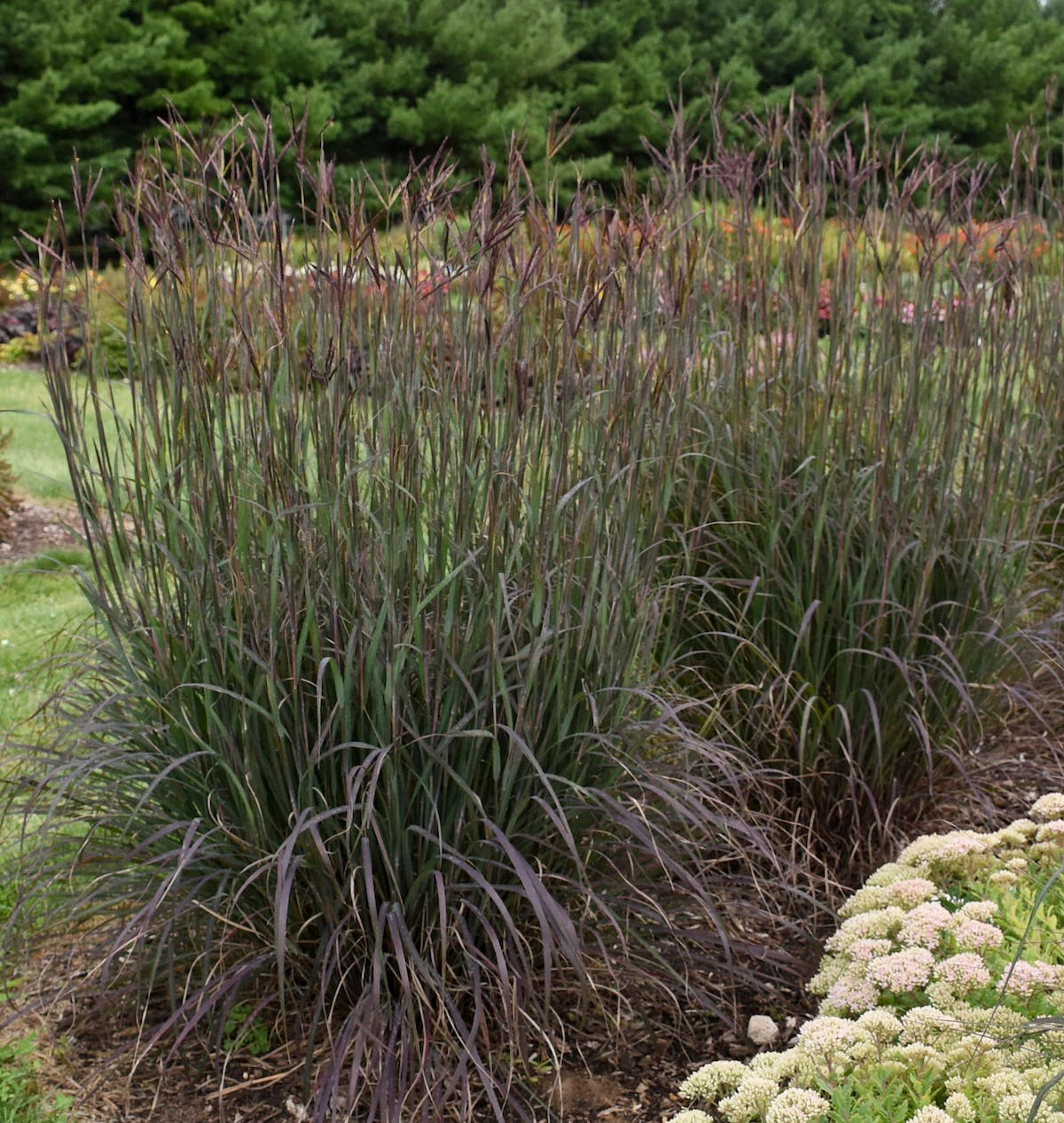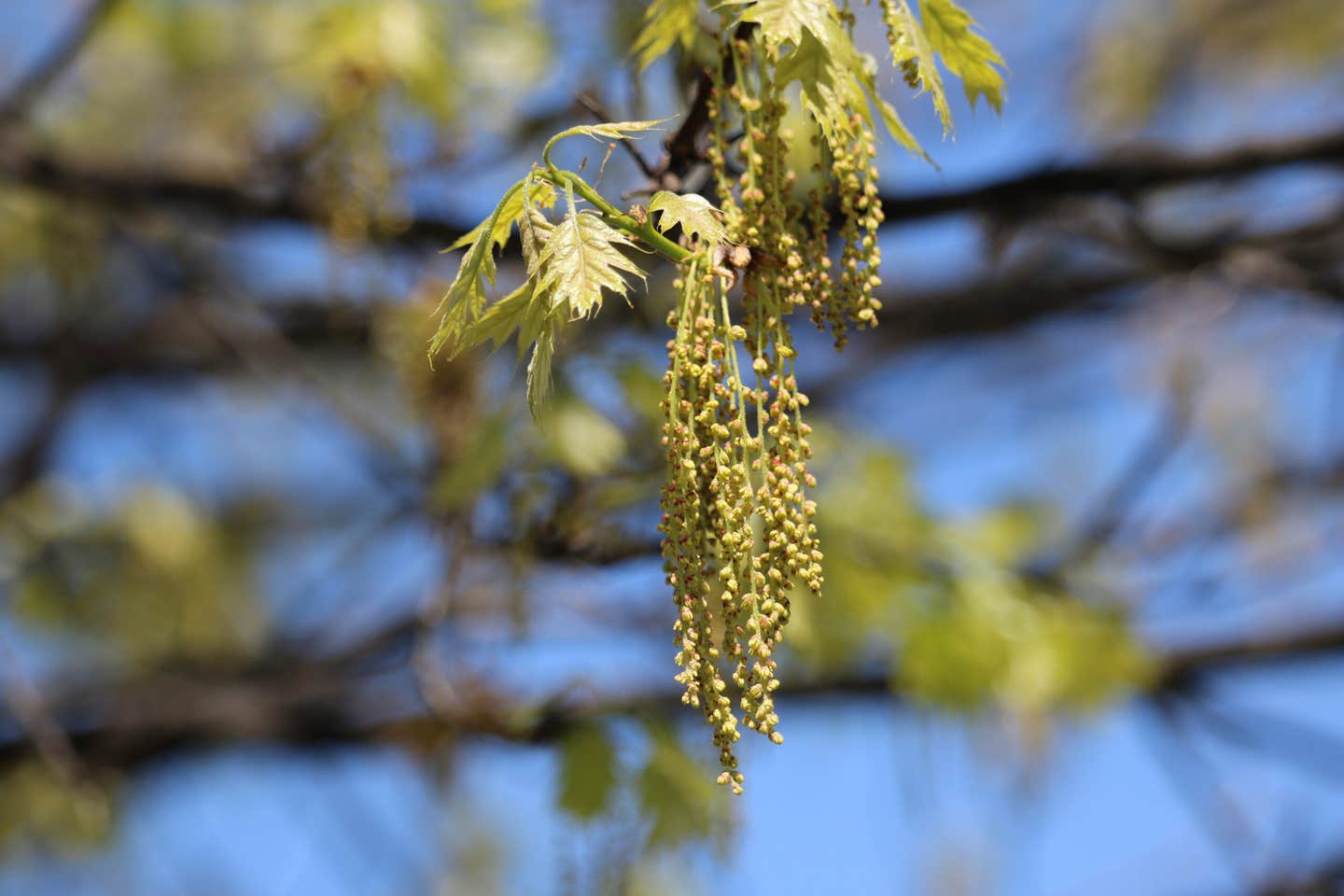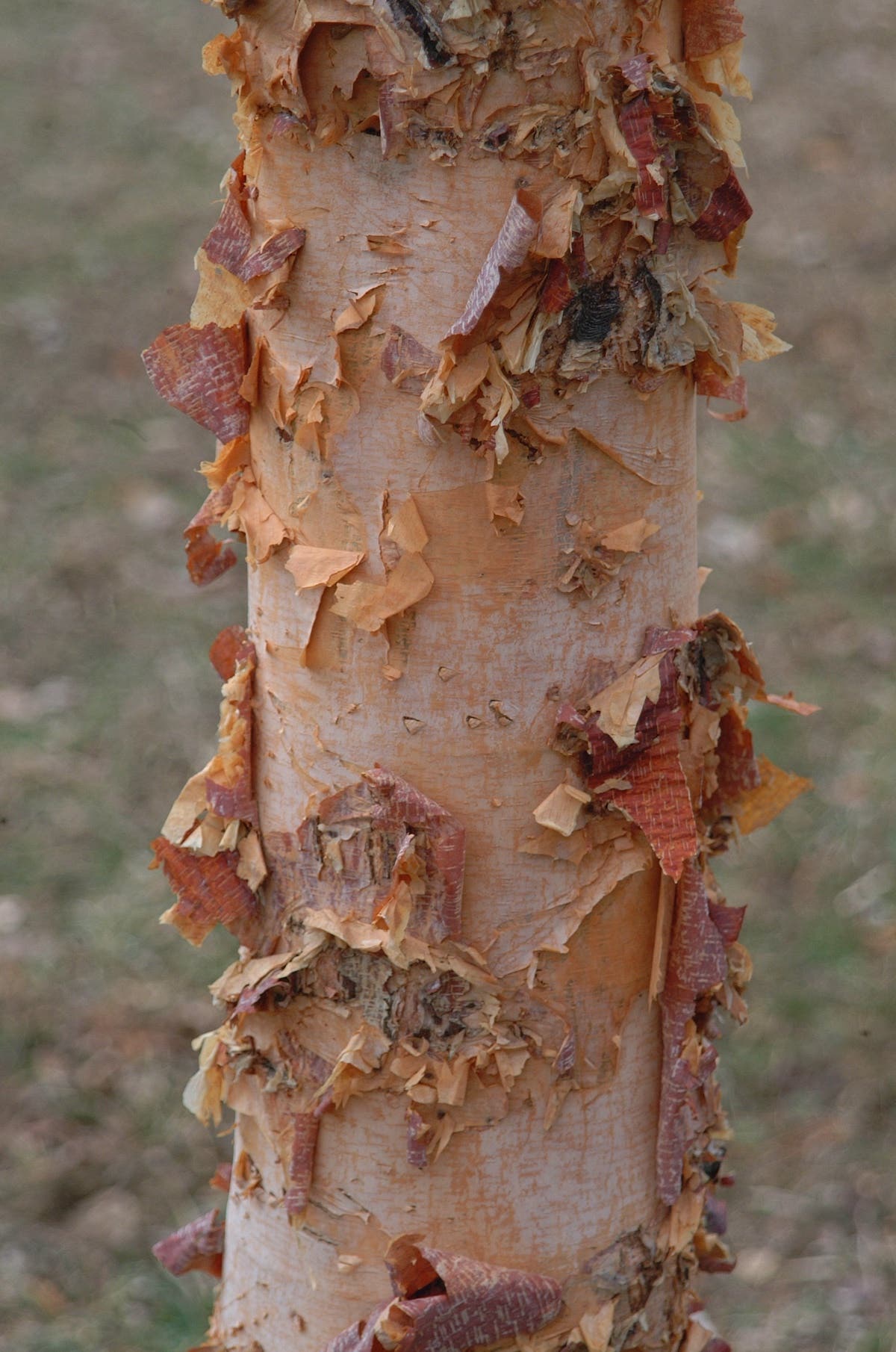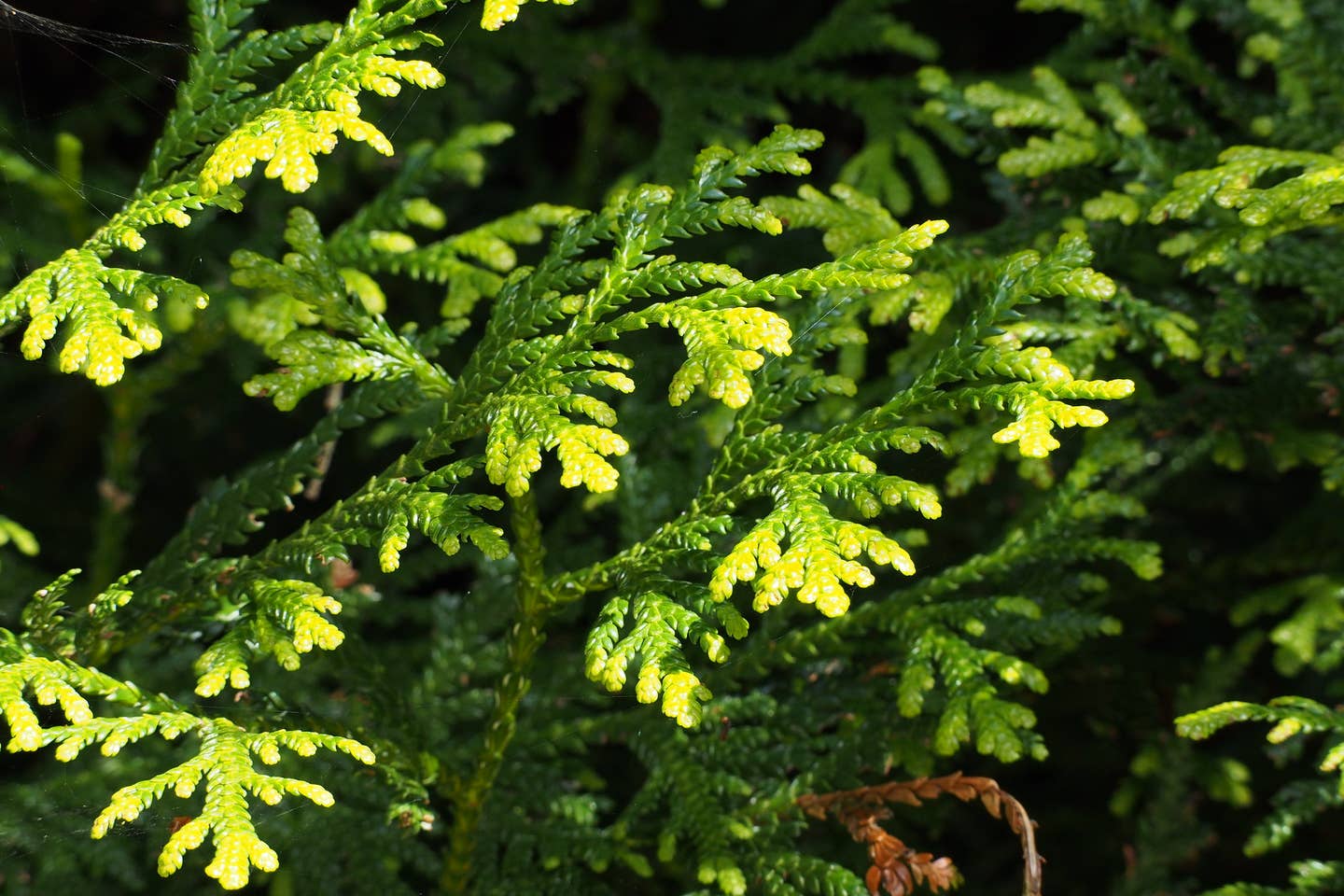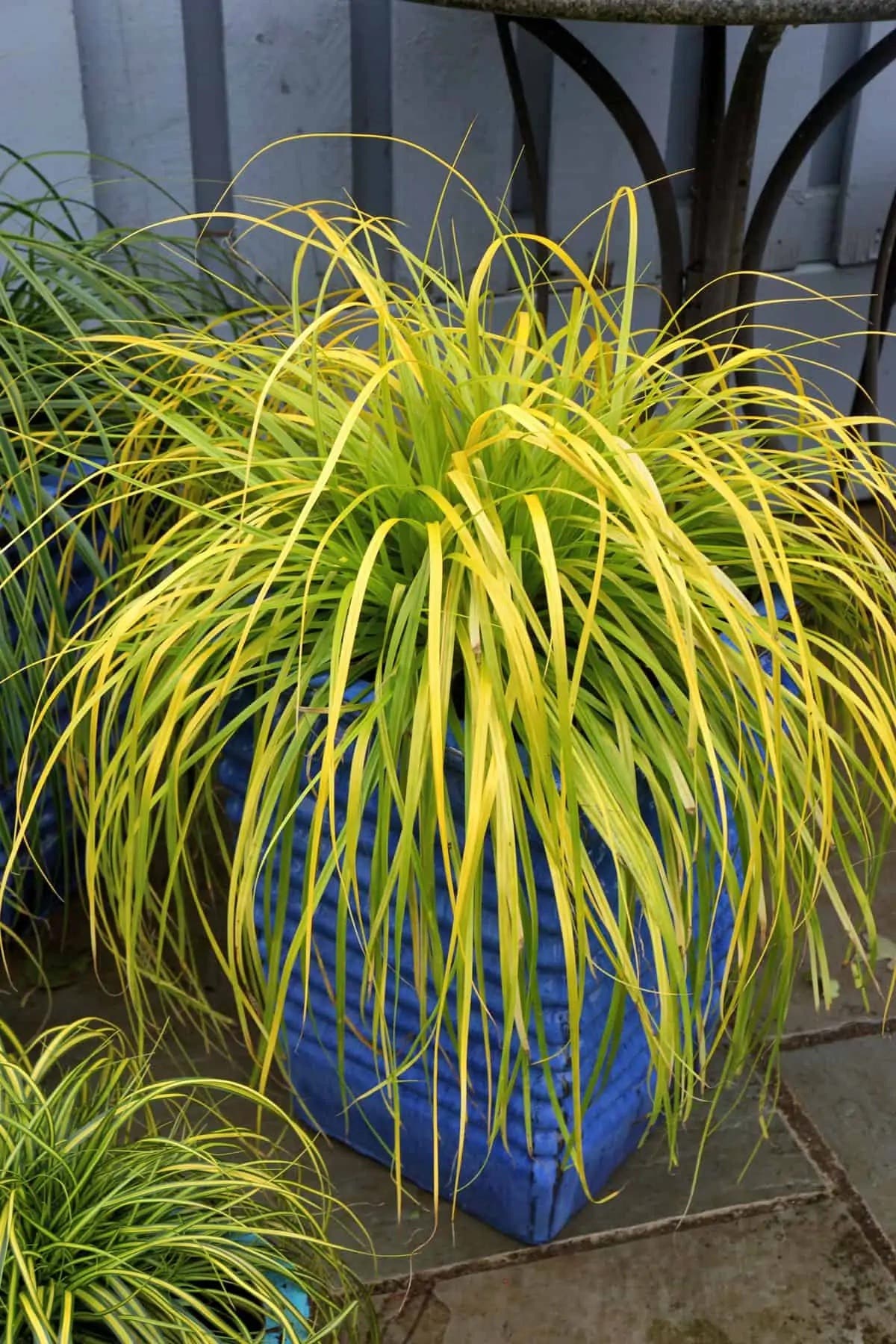‘ReJoyce’ Coastal Doghobble Offers Garden Color All Year
Plant ‘ReJoyce’ coastal doghobble for its red fall foliage, pollinator-friendly spring flowers and more
'ReJoyce' coastal doghobble (Leucothoe axillaris 'ReJoyce') is an evergreen shrub that supplies visual interest in each of the four seasons. Pollinator-friendly flowers and bright new growth appear in spring, the stems and leaves provide interesting texture in summer, and the leaves turn dramatic hues in fall and winter. This selection of a North American native shrub keeps a compact growth habit and needs little maintenance in the right spot.
Common name: ‘ReJoyce’ coastal doghobble
Botanical name: Leucothoe axillaris 'ReJoyce'
Origin: This plant is a selection of Leucothoe axillaris, a species native to wet woods and swamps of the Southeast. A standout for its great foliage colors, ‘ReJoyce’ was discovered by plantsman Greg Joyce at his southern New Jersey nursery. It was added to the Pennsylvania Horticultural Society's list of Gold Medal Plants in 2025.
Flowers: Bee-friendly, bell-shaped white flowers held in drooping clusters and resembling the flowers of Japanese andromeda (Pieris japonica), appear in spring.
Foliage: In general, the evergreen leaves are long and narrow in shape, with a shiny surface, and they alternate along the sides of the arching stems. New leaves emerge coppery red in spring and turn green for summer. The fall foliage is red, but then it darkens to burgundy or dark purple for the winter.
Size and habit: Arching, spreading stems create a shrub two to four feet tall and wide. This doghobble can be used singly in a shady bed or in multiples as a tall ground cover or low hedge.
Growing 'ReJoyce' coastal doghobble
Exposure: Shade
How to grow it: In keeping with the species’s natural habitat, this evergreen shrub prefers shade and moist acidic soil. It can take short periods of wet soil and would be appropriate for the middle to upper edges of a rain garden. It is highly resistant to deer. Coastal leucothoes typically do not need pruning, although they can be rejuvenated if necessary by cutting the stems to the ground. Hardy in USDA Zones 5–9. (Provide a deep winter mulch in Zone 5.)
Images courtesy of Plants Nouveau



